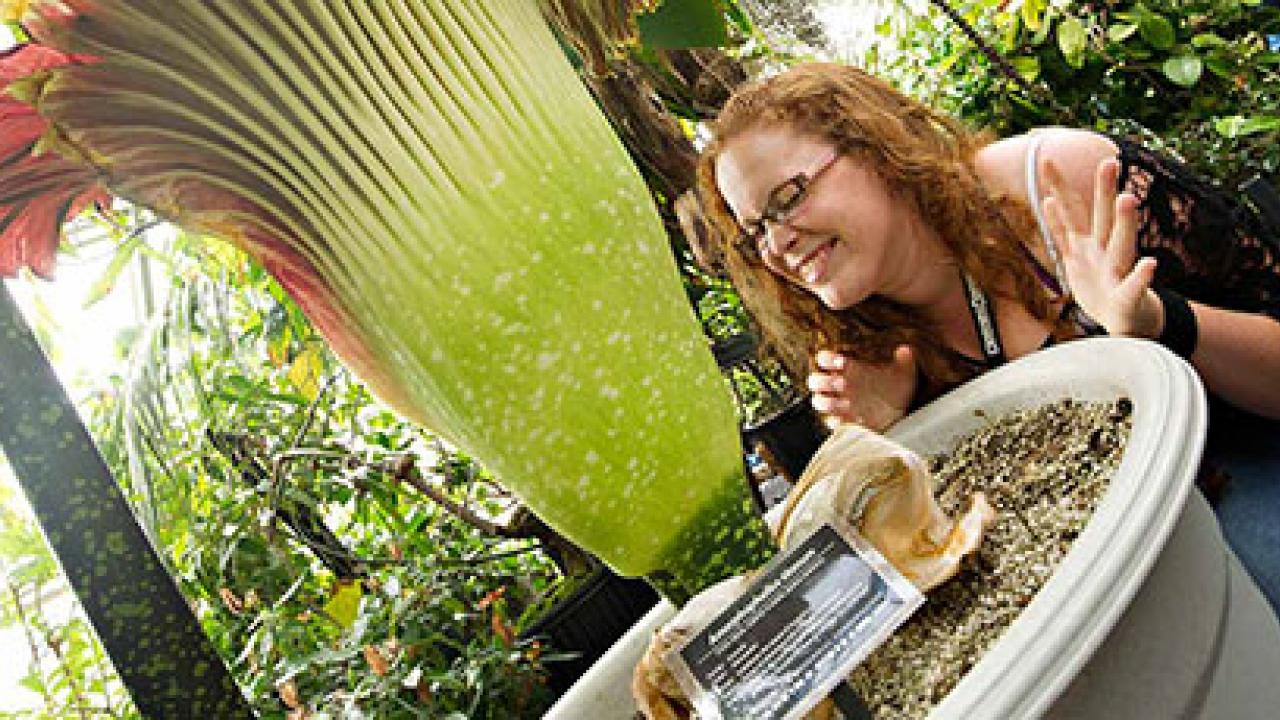
Natural history museums grow our knowledge
Natural history museums at UC Davis are expanding society’s knowledge about the animals, insects and plants that inhabit our world.
At the Botanical Conservatory, people will find a large diversity (3,000) of live greenhouse specimens that offer an interactive, multisensory viewing experience as well as an ever-growing scientific database. The UC Davis Center for Plant Diversity herbarium represents a treasure trove of plant knowledge with more than 300,000 preserved specimens — mostly California flora — that help scientists advance our understanding on topics like endangered, extinct, poisonous and invasive species, and herbicides.
The Museum of Wildlife and Fish Biology houses one of the largest collections of birds, mammals, reptiles, amphibians and fish in California (50,000), and is frequently used for student and faculty training, workshops and research. The Bohart Museum of Entomology holds the seventh largest collection of insects and spiders in North America (7 million), and is a popular destination for visitors to campus as well scholars exploring the world of bugs.
Beyond its wildlife museums, UC Davis also features art and design museums — The Carl N. Gorman Museum, the Design Museum and The Nelson Gallery — as well as other collections sure to inspire, educate and inform. The new Jan Shrem and Maria Manetti Shrem Museum of Art is slated for completion in 2016. Read about its mission and director.